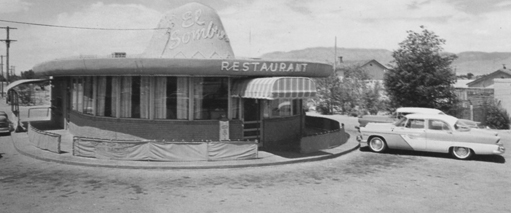Culture Shock: The Revelatory Histories Of City On The Edge
Searching For The Grave Of Demi Lovato's Forebearers, And So Much More


Latest Article|September 3, 2020|Free
::Making Grown Men Cry Since 1992




